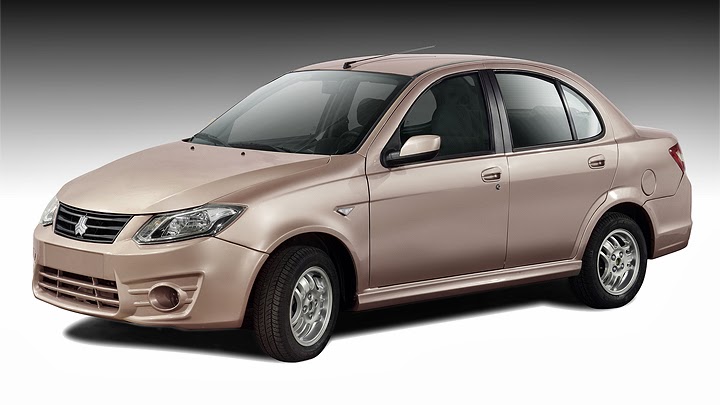
Besides selling Nissan and Renault models of various categories and ages, this Iran automaker is best known for still producing badge-engineered versions of Festiva’s family, like Nasim. Saba is the latter one’s sedan version, therefore mimicking Festiva Beta and Pride Sedan. But there are also 131 and 132, which are basically two other Sabas with slightly-redesigned exteriors, and 141 and 151, these ones regional notchback and pick-up variations. But if you want something more “modern”, Tiba was released in 2009 and received the 211 hatchback brother in 2013. In other words, there are eight vehicles built over the very same project. Half of them are sedans, besides, but 232’s pictures show it didn’t really bother the company.
Actually, they also show that global standards of design, mechanics, safety or pretty much anything else had the same inability. Sure, Saipa’s top priority was cutting costs as much as possible, but the truth is creating attractive cars isn’t necessarily more expensive. Aspects like internal space or comfort are very important, indeed, but any company also needs to make people want to buy their products. Fifteen, twenty years ago it was still possible to skate by the years selling too old and/or too ugly low-cost vehicles because it was much harder to develop an all-new project with appropriate prices for that segment. But now, almost any big automaker has managed to concile reduced costs with modern projects even at their entry levels.





Granted, Saipa is still starting to get on its feet without depending on other companies’ technology. But the truth is this is actually a reason to work harder with whatever you have on hand. Since it isn’t possible to make large investments yet, the least it can do are better designs. After Tiba’s sedan and hatchback barely making up for Caravan and 141’s designs, 232 looks like if Nissan Micra K12’s central section was paired to Suzuki SX4’s front and a badly-proportioned rear end. Besides, even before remembering that most vehicles appear at official pictures on their best-equipped trim levels, how can any automaker expect to attract customers with a car which doesn’t even have central hubcaps?
The cabin, at least, gives more acceptable feeling. It features everything that’s expected from very cheap models, like discreet shapes, focus on internal space, dark-colored coating in plastic and a disturbing lack of equipments. 232 will only use a four-cylinder 1.5L engine with gasoline, which is made in South Korea and is almost as old as the car’s underpinnings. It’s good for 80 cv and surprisingly interesting mileage, which the automaker claims to reach 13.9 kpl in urban cycles and 19.2 kpl at the highway. There’s no information about pricing yet, but this car shouldn’t be much more expensive than Tiba.